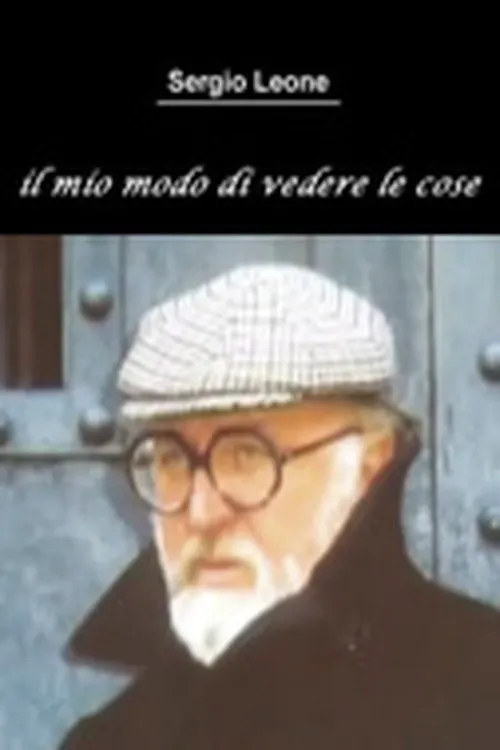Sergio Leone: The Way I See Things

Plot
Sergio Leone: The Way I See Things is an intimate and enlightening documentary that delves into the life of one of the most influential and visionary filmmakers of all time - Sergio Leone. Directed by Bruno Barreca, this 2007 Italian documentary is a fascinating portrait of Leone's cinematic universe and provides an exclusive glimpse into his creative vision. Born in 1929 in Rome, Italy, Sergio Leone grew up with a passion for cinema. He was heavily influenced by the works of John Ford, Fritz Lang, and Akira Kurosawa, and his own filmmaking style was shaped by the classic Hollywood westerns of the 1950s and 60s. Leone began his career in the film industry as a production assistant, eventually working his way up to director and becoming known for his distinctive visual style and masterful use of long takes. Leone's most famous works, such as A Fistful of Dollars (1964), For a Few Dollars More (1965), and Once Upon a Time in the West (1968), showcased his unique ability to craft compelling stories that blended action, drama, and humor. These westerns, set against the backdrop of the American frontier, were not only visually stunning but also emotionally resonant, with complex characters and layered storytelling that added depth and complexity to the genre. Throughout The Way I See Things, Leone's collaborators and friends, including actors, producers, and fellow directors, offer candid insights into his creative process and working methods. They describe how Leone's meticulous attention to detail, his love of history, and his passion for visual storytelling made him a demanding but ultimately brilliant director. One of the most intriguing aspects of the documentary is Leone's own voice, heard through interviews, recorded conversations, and archival footage. Leone's words are filled with wisdom, wit, and a deep love of cinema, offering a unique glimpse into his thoughts on the art form. He discusses his influences, his approach to filmmaking, and his views on the importance of cinematography, editing, and sound design. The documentary also delves into Leone's relationships with his actors, including Clint Eastwood, Charles Bronson, and Henry Fonda. Leone was known for his hands-on approach to direction, and these actors and others describe how he pushed them to deliver exceptional performances, often encouraging them to improvise and experiment with their characters. Leone's later work, including Once Upon a Time in America (1984) and The Good, the Bad and the Ugly (1966), is also explored in the documentary, with an examination of his exploration of the Jewish-American experience and his fascination with the darker aspects of human nature. Throughout The Way I See Things, Leone's passion for cinema shines through, and it becomes clear why he was so revered by his peers and why his films continue to captivate audiences around the world. This documentary is a must-see for anyone interested in cinema, as it offers a unique perspective on the creative process and the visionary filmmaking style of one of the greatest directors of all time. In the end, Sergio Leone: The Way I See Things is a tribute to a master filmmaker who left an indelible mark on the cinematic landscape. The documentary provides an extraordinary opportunity to experience Leone's world and to gain an appreciation for the artistry and craftsmanship that defined his remarkable career.
Reviews
Recommendations



